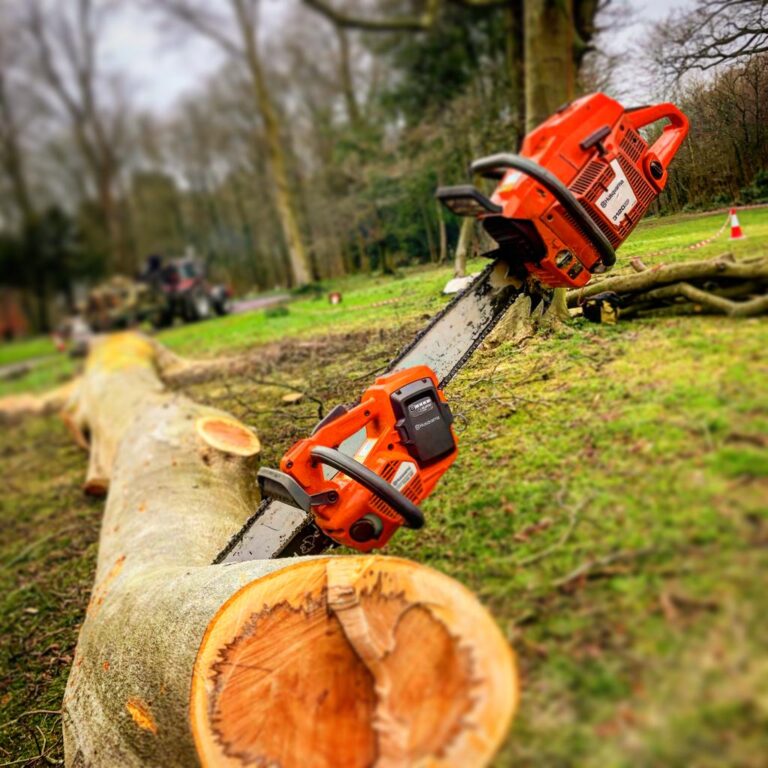What is a tree surgeon?
A tree surgeon, also known as an arborist, is a professional who specializes in the care and maintenance of trees. Their primary role is to ensure the health, safety, and aesthetics of trees in various settings, including residential areas, parks, forests, and urban environments. Here are some of the tasks and responsibilities typically performed by tree surgeons:
Tree Pruning and Trimming: Tree surgeons assess the condition of trees and perform pruning or trimming to remove dead or diseased branches, promote healthy growth, and improve the tree’s overall structure and appearance.
Tree Removal: When a tree becomes hazardous, diseased, or has outgrown its space, a tree surgeon may be responsible for safely and efficiently removing the tree. This task often involves climbing trees using specialized equipment or employing techniques like tree felling.
Tree Planting: Tree surgeons can advise on suitable tree species for specific locations and assist in the proper planting and establishment of new trees. They consider factors such as soil conditions, sunlight exposure, and the tree’s expected growth patterns.
Tree Health Care: Tree surgeons diagnose and treat tree diseases, pests, and nutrient deficiencies. They may recommend appropriate treatments, such as applying fertilizers, pesticides, or other methods to promote tree health.
Tree Risk Assessment: Tree surgeons evaluate the safety and stability of trees to identify potential risks, such as weak branches, root issues, or structural problems. They can provide recommendations on mitigating risks and preserving trees whenever possible.
Tree Preservation and Conservation: Arborists advocate for the preservation and conservation of trees by implementing practices that promote their long-term health and sustainability. They may offer guidance on tree care practices, protection during construction, and tree-related regulations.
Consulting and Reporting: Tree surgeons may provide professional advice and reports on tree-related matters, such as tree surveys, development planning, or assessments for insurance claims.
It’s important to note that tree surgeons often work at heights, use specialized equipment like chainsaws and climbing gear, and require knowledge of tree biology, safe working practices, and environmental considerations. They may work independently, as part of a tree care company, or in collaboration with landscaping teams, local authorities, or conservation organizations.






